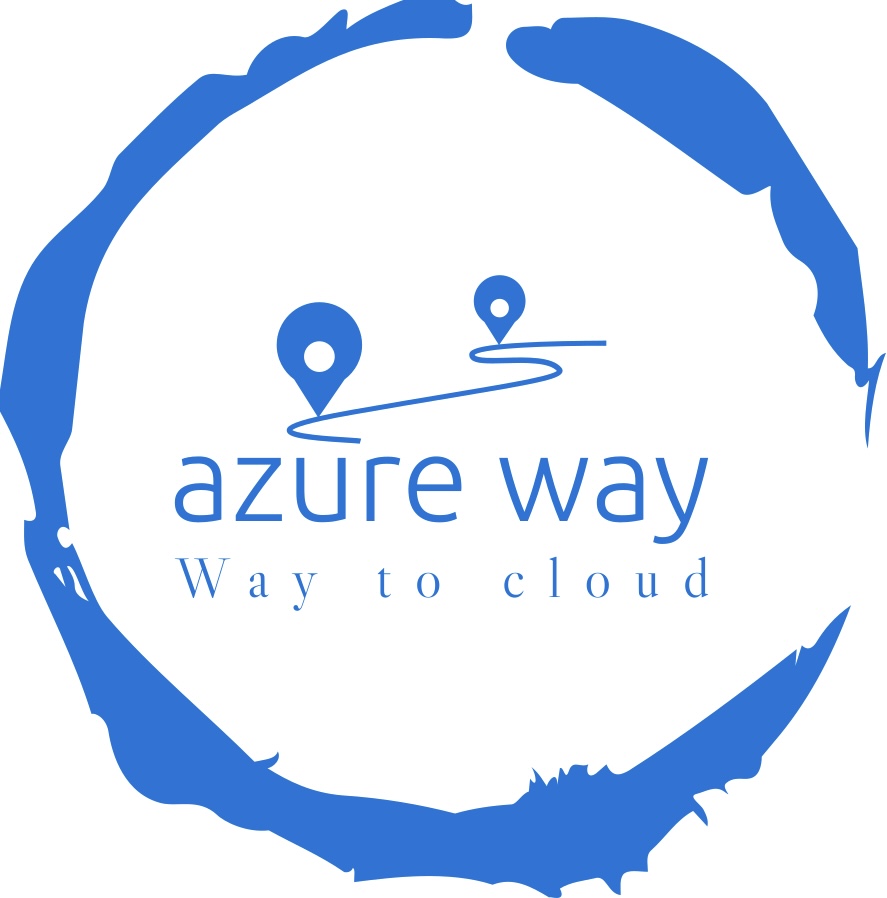Executing entity framework migration on a Linux agent can be tricky. You cannot run simple dotnet ef command, because it doesn’t work on the Linux machine.
As always if you know what you are doing, you can go directly to the source, and download the pipeline here!
Before running the pipeline set below variables:
variables:
buildConfiguration: 'Release'
databaseContext: MyDatabaseContext
azureSubscription: '' #connection name
projectPath: $(Build.SourcesDirectory)/
connectionString: "" #database connection stringSo, in order to execute Entity framework migration on Linux, you must create a bundled script. This is a self-executing package for database migration. Let’s see, how to create a bundle:
- task: DotNetCoreCLI@2
displayName: Install EF Tool
inputs:
command: custom
custom: 'tool'
arguments: 'update --global dotnet-ef'
- task: DotNetCoreCLI@2
displayName: Create SQL Scripts
inputs:
command: custom
custom: 'ef'
arguments: 'migrations bundle --self-contained -r linux-x64 --no-build --output $(Build.ArtifactStagingDirectory)/ef/bundle --project $(projectPath) --context $(databaseContext) --configuration $(buildConfiguration)' First, you have to install the dotnet-ef tool. After this step succeeds, you can create a bundle. You need to specify for what target system, a bundle should be made. Additionally, a project path is needed as the name of the database context.
Take attention to the path where this handle is placed: $(Build.ArtifactStagingDirectory)/ef/bundle, you will need it in the deployment step.
When the bundle is ready, we can deploy changes to the database, this step covers the deployment of the bundle:
- task: AzureCLI@2
inputs:
azureSubscription: '$(azureSubscription)'
scriptType: bash
scriptLocation: inlineScript
inlineScript: |
chmod +x $(Pipeline.Workspace)/SQLScripts/bundle
$(Pipeline.Workspace)/SQLScripts/bundle --connection "$(connectionString)"The full pipeline for Azure DevOps can be found here!
I hope this article was useful for you 🙂 Check out more articles from this series:
- Rest API with Private Endpoint, exposed to API Management by Terraform
- Efficient terraform modules structure
- Build a docker image in a self-hosted agent running on Azure Container Instances
- Execute entity framework migration on a Linux – you just read it
- Setup Azure DevOps with Self-hosted agents and VNET
- Deploy Azure Function and expose it using API Management
- Deploy Azure App Service integrated with Azure SQL and APIM
- Coming soon – Deploy sample App Service for Containers and API Management integration
